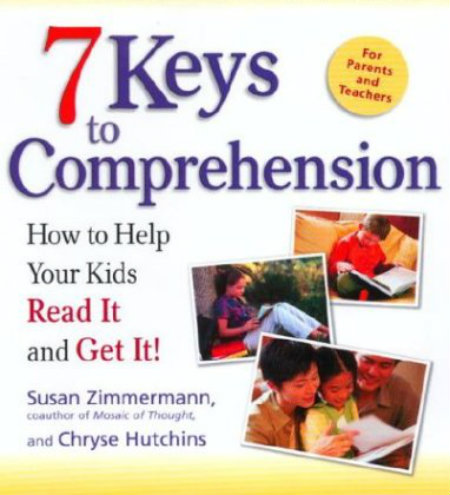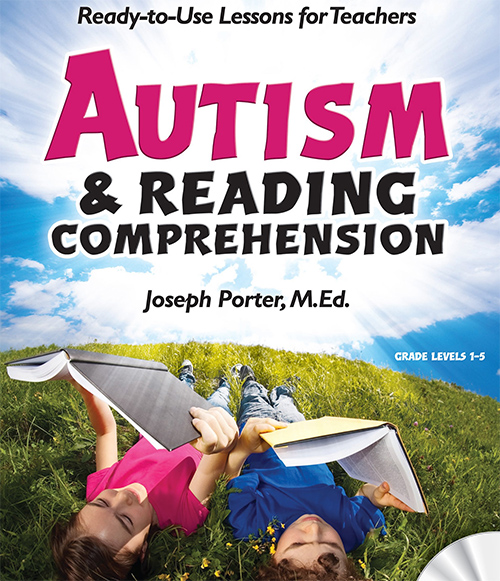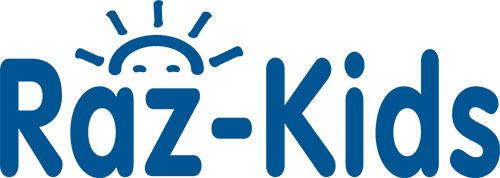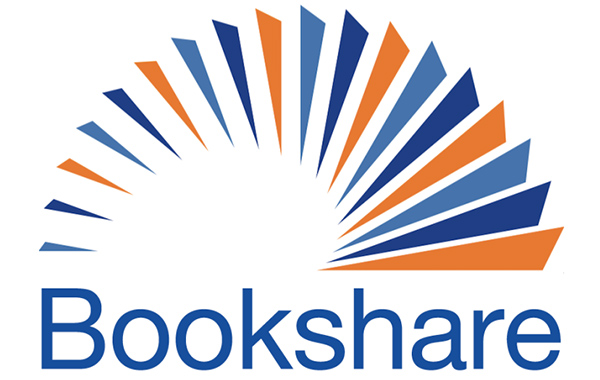
Resources  Recommended by my son’s second grade teacher, Zimmermann’s writing is easy to read and based on years of research. The author uses clear examples throughout the book, and she recommends children’s books to read at home to support early literacy. The seven keys of reading comprehension are:
Recommended by my son’s second grade teacher, Zimmermann’s writing is easy to read and based on years of research. The author uses clear examples throughout the book, and she recommends children’s books to read at home to support early literacy. The seven keys of reading comprehension are:
 Autism and Reading Comprehension is a complete reading comprehension curriculum for students with significant delays in expressive and receptive language. My son began with the very first lesson when he was in fourth grade and worked through the entire book for one year. The primary complaint about the curriculum is that it starts at a very low cognitive level. However, the author explains in the introduction why this is absolutely necessary: ideally, comprehension lessons should start at a level somewhat beneath the student’s in order to develop a work pattern and sense of competence.
The first few lessons follow a pattern similar to this: “Color the cat blue. What color is the cat?” My son actually enjoyed the lessons and looked forward to them. As the lessons slowly increased in complexity, my son was able to internalize the reading skills and apply them to other reading material. The curriculum is designed to build upon the strengths inherent in autism, such as a preference for patterns and routine, to develop a new and wonderful skill.
Autism and Reading Comprehension is a complete reading comprehension curriculum for students with significant delays in expressive and receptive language. My son began with the very first lesson when he was in fourth grade and worked through the entire book for one year. The primary complaint about the curriculum is that it starts at a very low cognitive level. However, the author explains in the introduction why this is absolutely necessary: ideally, comprehension lessons should start at a level somewhat beneath the student’s in order to develop a work pattern and sense of competence.
The first few lessons follow a pattern similar to this: “Color the cat blue. What color is the cat?” My son actually enjoyed the lessons and looked forward to them. As the lessons slowly increased in complexity, my son was able to internalize the reading skills and apply them to other reading material. The curriculum is designed to build upon the strengths inherent in autism, such as a preference for patterns and routine, to develop a new and wonderful skill.
 Once my son had mastered some basic comprehension strategies, his teacher enrolled him at www.raz-kids.com to apply those strategies independently. On the website, my son selected a book at his reading level, read the book while listening to it, recorded his own voice reading the book aloud, listened to his recording while reading the book again, then answered a set of comprehension questions.
By following this process, he would read all the books on one level before moving up to the next level of difficulty. His teacher received regular progress reports showing how many books he had read on each level and his accuracy with the comprehension questions. While my son made rapid progress in this system, I also noticed behavior changes at home: he was able to notice details better and he liked the idea of working toward a goal.
A home subscription to the Raz-Kids website costs about $100 per year, and free samples and free trial are also available.
Once my son had mastered some basic comprehension strategies, his teacher enrolled him at www.raz-kids.com to apply those strategies independently. On the website, my son selected a book at his reading level, read the book while listening to it, recorded his own voice reading the book aloud, listened to his recording while reading the book again, then answered a set of comprehension questions.
By following this process, he would read all the books on one level before moving up to the next level of difficulty. His teacher received regular progress reports showing how many books he had read on each level and his accuracy with the comprehension questions. While my son made rapid progress in this system, I also noticed behavior changes at home: he was able to notice details better and he liked the idea of working toward a goal.
A home subscription to the Raz-Kids website costs about $100 per year, and free samples and free trial are also available.
 When he was in middle school, my son realized that he truly enjoys learning - he just needed teachers who made things less confusing for him. The format of the lessons at www.SuperTeacherWorksheets.com did just that. My son was able to explore and understand chapter books such as Tales of a Fourth Grade Nothing, Mr. Popper’s Penguins and Stone Fox, because they were broken down into small sections with vocabulary and comprehension questions for each section.
He started off with much shorter reading passages on the website and worked his way up to the chapter books by applying the same comprehension strategies every day, which had become routine for him. A subscription to Super Teacher Worksheets costs $20 per year, but some of the worksheets are available as free samples.
When he was in middle school, my son realized that he truly enjoys learning - he just needed teachers who made things less confusing for him. The format of the lessons at www.SuperTeacherWorksheets.com did just that. My son was able to explore and understand chapter books such as Tales of a Fourth Grade Nothing, Mr. Popper’s Penguins and Stone Fox, because they were broken down into small sections with vocabulary and comprehension questions for each section.
He started off with much shorter reading passages on the website and worked his way up to the chapter books by applying the same comprehension strategies every day, which had become routine for him. A subscription to Super Teacher Worksheets costs $20 per year, but some of the worksheets are available as free samples.
 Bookshare is an accessible online library for people with disabilities that is free to students in the USA. The books may be read on a device such as a phone or tablet, or on a computer or other hardware. Readers may listen to a book while reading the text, and the text can be highlighted to help readers follow along better. The text can be optimized for low vision with larger font and high contrast, or it may be read with digital Braille.
My son was registered at Bookshare by his special education teacher, and he has full access to the library from home. Because of all of these interventions, my son has been blessed with a love of reading and learning - and I hope it stays with him always.
Bookshare is an accessible online library for people with disabilities that is free to students in the USA. The books may be read on a device such as a phone or tablet, or on a computer or other hardware. Readers may listen to a book while reading the text, and the text can be highlighted to help readers follow along better. The text can be optimized for low vision with larger font and high contrast, or it may be read with digital Braille.
My son was registered at Bookshare by his special education teacher, and he has full access to the library from home. Because of all of these interventions, my son has been blessed with a love of reading and learning - and I hope it stays with him always.
5 Resources to Help your Child with Reading Comprehension
Learning to read requires several complex cognitive processes, which is why so many children have difficulty with it. For many students with developmental delays, comprehension is the biggest roadblock on the path to reading success. Reading comprehension is not the same as sight reading. Sight reading involves skills in decoding, phonics and phonemic awareness, which may be strengths for students with some disabilities, such as autism. Reading comprehension involves a set of skills including visualization, metacognition (defined as “thinking about thinking”), drawing inferences and weaving together background information with personal experience. Some teachers still believe that comprehension is an intuitive process that cannot be taught, only absorbed. But like many things in the world of disabilities, that which is formidable is not necessarily insurmountable.My Personal Experience
My son excels at decoding, whether it’s in phonics, math, chemistry or vocabulary in a foreign language. He was an early reader, although his comprehension of language has always been significantly delayed. His teachers reported that he could read anything placed in front of him, but did not seem to understand it. These traits are very common in students with autism. But for many years those same teachers couldn’t find a way to teach him how to understand. After much trial and error, we finally went back to square one and taught comprehension from the bottom up, because my son was still missing the most basic elements of comprehension. We were able to find different types of materials to support this strategy and discovered that my son was extremely eager to learn. With many years of practice and study, he is now in a general education English class, and he just finished reading Shakespeare’s Romeo and Juliet. We still work on comprehension every day. Here are 5 comprehension resources that have been most useful to my son.1. 7 Keys to Comprehension by Susan Zimmermann
 Recommended by my son’s second grade teacher, Zimmermann’s writing is easy to read and based on years of research. The author uses clear examples throughout the book, and she recommends children’s books to read at home to support early literacy. The seven keys of reading comprehension are:
Recommended by my son’s second grade teacher, Zimmermann’s writing is easy to read and based on years of research. The author uses clear examples throughout the book, and she recommends children’s books to read at home to support early literacy. The seven keys of reading comprehension are:
- Sensory images visualizing what the words mean and connecting the words to real-life sights, sounds, smells, tastes and textures.
- Background knowledge Identifying what the child already knows on a topic, and using that knowledge to understand the story better.
- Questioning Asking and answering why, what, where, who and how.
- Drawing inferences Arriving at conclusions based on what is not directly stated.
- Determining importance Understanding the difference between incidental information and significant plot points.
- Synthesizing Putting together several pieces to understand the author’s vision.
- Fix-up strategies
2. Autism and Reading Comprehension by Joseph Porter
 Autism and Reading Comprehension is a complete reading comprehension curriculum for students with significant delays in expressive and receptive language. My son began with the very first lesson when he was in fourth grade and worked through the entire book for one year. The primary complaint about the curriculum is that it starts at a very low cognitive level. However, the author explains in the introduction why this is absolutely necessary: ideally, comprehension lessons should start at a level somewhat beneath the student’s in order to develop a work pattern and sense of competence.
The first few lessons follow a pattern similar to this: “Color the cat blue. What color is the cat?” My son actually enjoyed the lessons and looked forward to them. As the lessons slowly increased in complexity, my son was able to internalize the reading skills and apply them to other reading material. The curriculum is designed to build upon the strengths inherent in autism, such as a preference for patterns and routine, to develop a new and wonderful skill.
Autism and Reading Comprehension is a complete reading comprehension curriculum for students with significant delays in expressive and receptive language. My son began with the very first lesson when he was in fourth grade and worked through the entire book for one year. The primary complaint about the curriculum is that it starts at a very low cognitive level. However, the author explains in the introduction why this is absolutely necessary: ideally, comprehension lessons should start at a level somewhat beneath the student’s in order to develop a work pattern and sense of competence.
The first few lessons follow a pattern similar to this: “Color the cat blue. What color is the cat?” My son actually enjoyed the lessons and looked forward to them. As the lessons slowly increased in complexity, my son was able to internalize the reading skills and apply them to other reading material. The curriculum is designed to build upon the strengths inherent in autism, such as a preference for patterns and routine, to develop a new and wonderful skill.
3. Raz-Kids.com
 Once my son had mastered some basic comprehension strategies, his teacher enrolled him at www.raz-kids.com to apply those strategies independently. On the website, my son selected a book at his reading level, read the book while listening to it, recorded his own voice reading the book aloud, listened to his recording while reading the book again, then answered a set of comprehension questions.
By following this process, he would read all the books on one level before moving up to the next level of difficulty. His teacher received regular progress reports showing how many books he had read on each level and his accuracy with the comprehension questions. While my son made rapid progress in this system, I also noticed behavior changes at home: he was able to notice details better and he liked the idea of working toward a goal.
A home subscription to the Raz-Kids website costs about $100 per year, and free samples and free trial are also available.
Once my son had mastered some basic comprehension strategies, his teacher enrolled him at www.raz-kids.com to apply those strategies independently. On the website, my son selected a book at his reading level, read the book while listening to it, recorded his own voice reading the book aloud, listened to his recording while reading the book again, then answered a set of comprehension questions.
By following this process, he would read all the books on one level before moving up to the next level of difficulty. His teacher received regular progress reports showing how many books he had read on each level and his accuracy with the comprehension questions. While my son made rapid progress in this system, I also noticed behavior changes at home: he was able to notice details better and he liked the idea of working toward a goal.
A home subscription to the Raz-Kids website costs about $100 per year, and free samples and free trial are also available.
4. SuperTeacherWorksheets.com
 When he was in middle school, my son realized that he truly enjoys learning - he just needed teachers who made things less confusing for him. The format of the lessons at www.SuperTeacherWorksheets.com did just that. My son was able to explore and understand chapter books such as Tales of a Fourth Grade Nothing, Mr. Popper’s Penguins and Stone Fox, because they were broken down into small sections with vocabulary and comprehension questions for each section.
He started off with much shorter reading passages on the website and worked his way up to the chapter books by applying the same comprehension strategies every day, which had become routine for him. A subscription to Super Teacher Worksheets costs $20 per year, but some of the worksheets are available as free samples.
When he was in middle school, my son realized that he truly enjoys learning - he just needed teachers who made things less confusing for him. The format of the lessons at www.SuperTeacherWorksheets.com did just that. My son was able to explore and understand chapter books such as Tales of a Fourth Grade Nothing, Mr. Popper’s Penguins and Stone Fox, because they were broken down into small sections with vocabulary and comprehension questions for each section.
He started off with much shorter reading passages on the website and worked his way up to the chapter books by applying the same comprehension strategies every day, which had become routine for him. A subscription to Super Teacher Worksheets costs $20 per year, but some of the worksheets are available as free samples.
5. Bookshare.org
 Bookshare is an accessible online library for people with disabilities that is free to students in the USA. The books may be read on a device such as a phone or tablet, or on a computer or other hardware. Readers may listen to a book while reading the text, and the text can be highlighted to help readers follow along better. The text can be optimized for low vision with larger font and high contrast, or it may be read with digital Braille.
My son was registered at Bookshare by his special education teacher, and he has full access to the library from home. Because of all of these interventions, my son has been blessed with a love of reading and learning - and I hope it stays with him always.
Bookshare is an accessible online library for people with disabilities that is free to students in the USA. The books may be read on a device such as a phone or tablet, or on a computer or other hardware. Readers may listen to a book while reading the text, and the text can be highlighted to help readers follow along better. The text can be optimized for low vision with larger font and high contrast, or it may be read with digital Braille.
My son was registered at Bookshare by his special education teacher, and he has full access to the library from home. Because of all of these interventions, my son has been blessed with a love of reading and learning - and I hope it stays with him always. 


